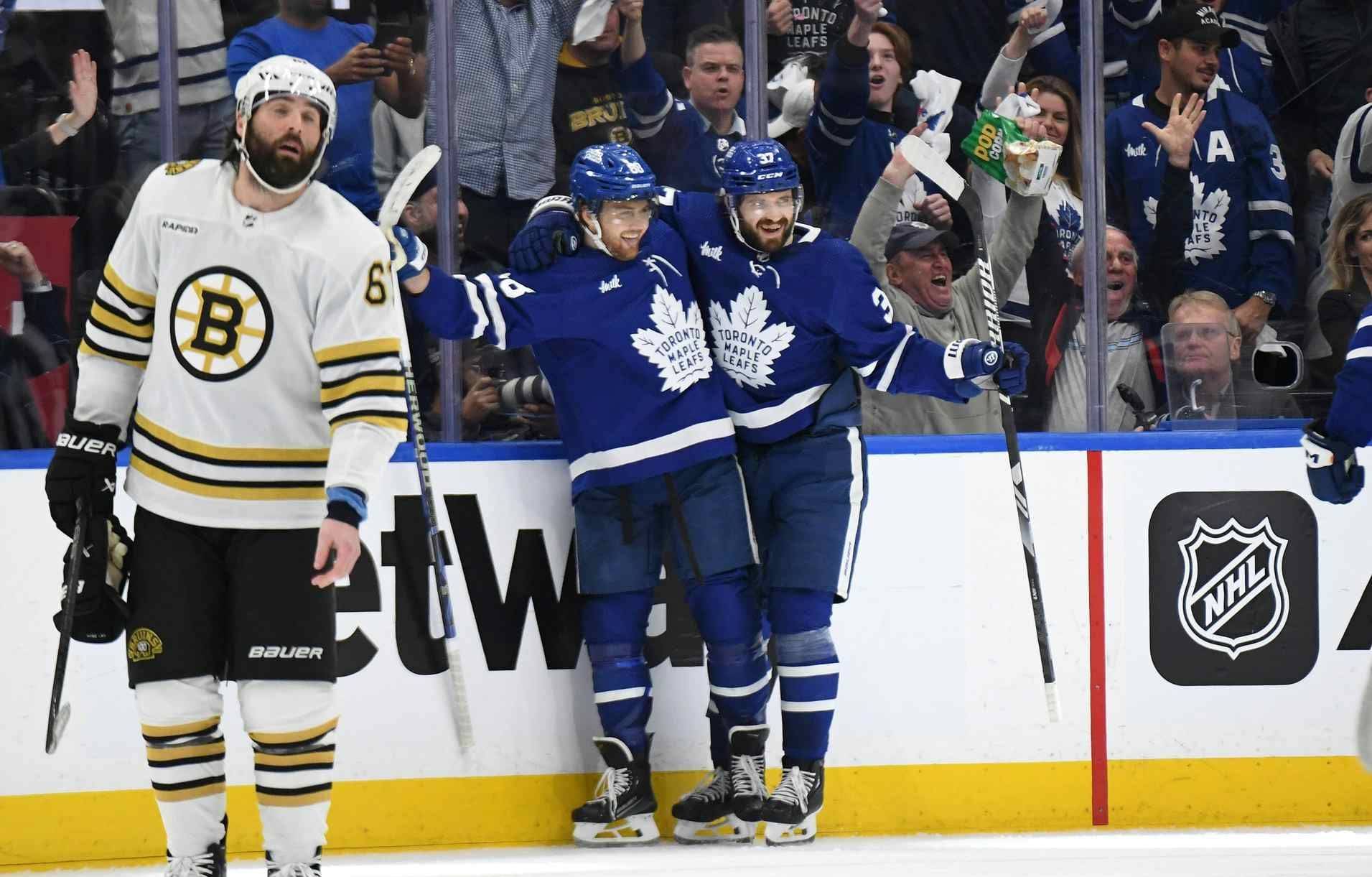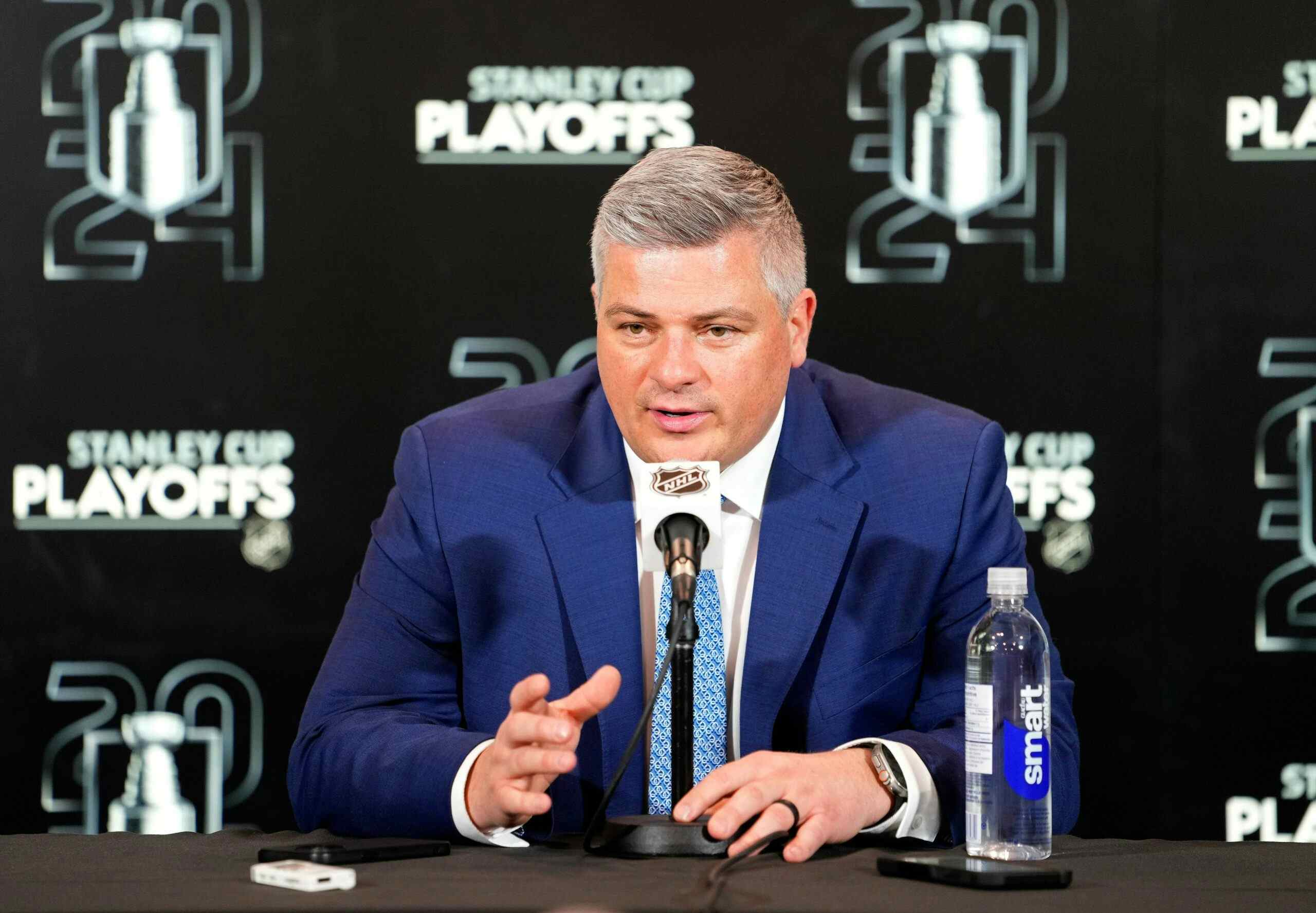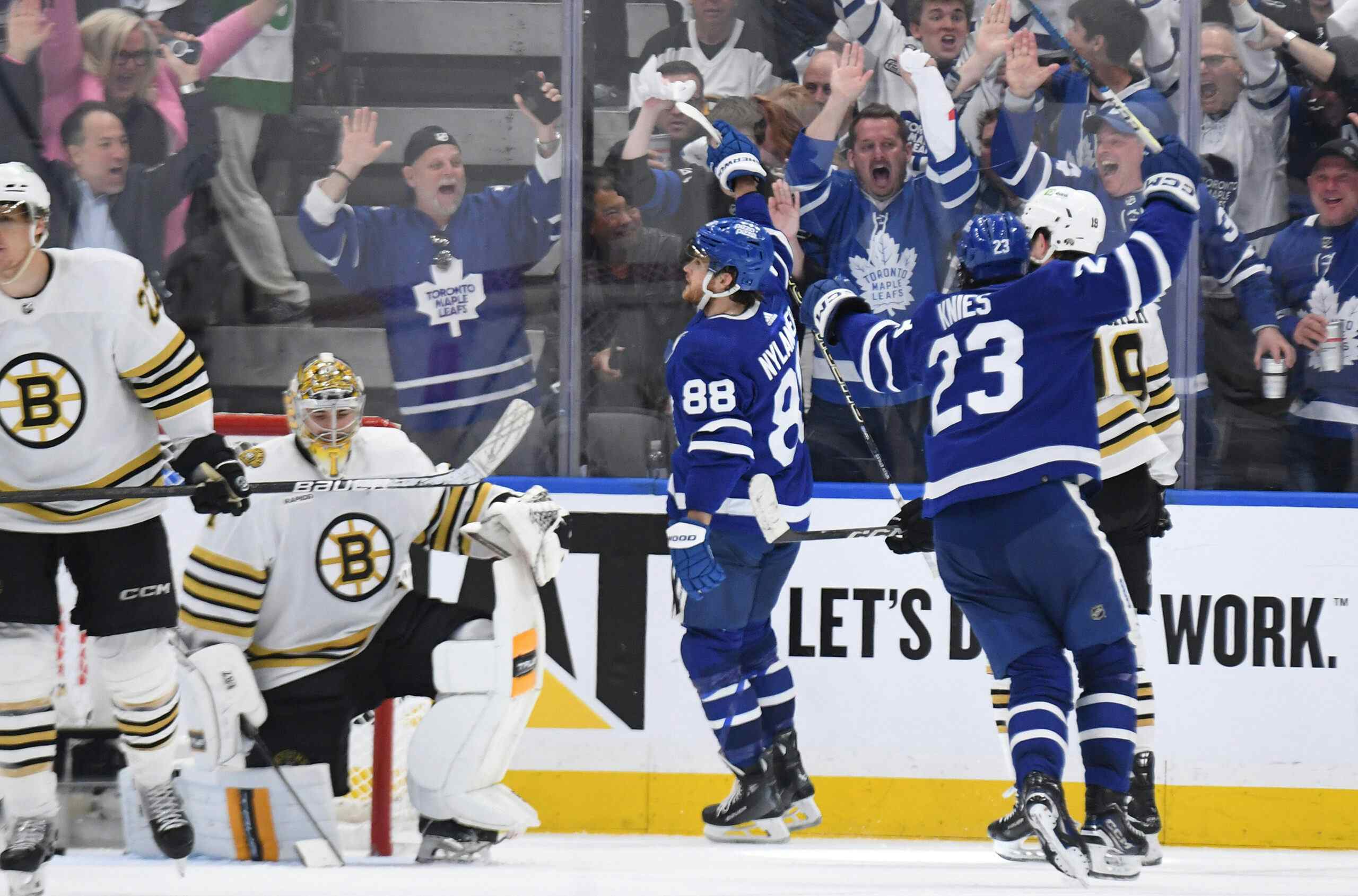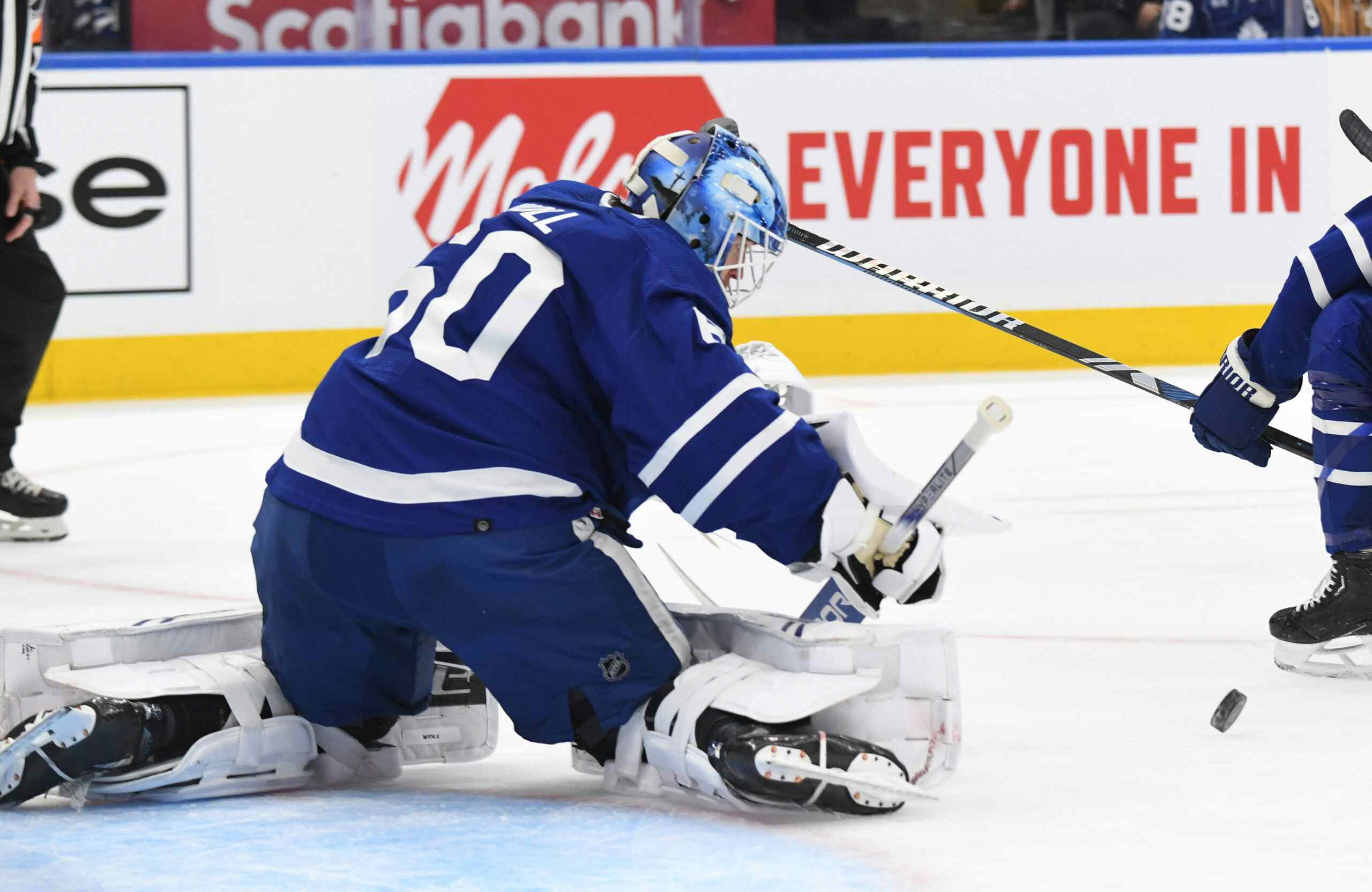Dave Hakstol is a Questionable Addition to the Maple Leafs’ Bench
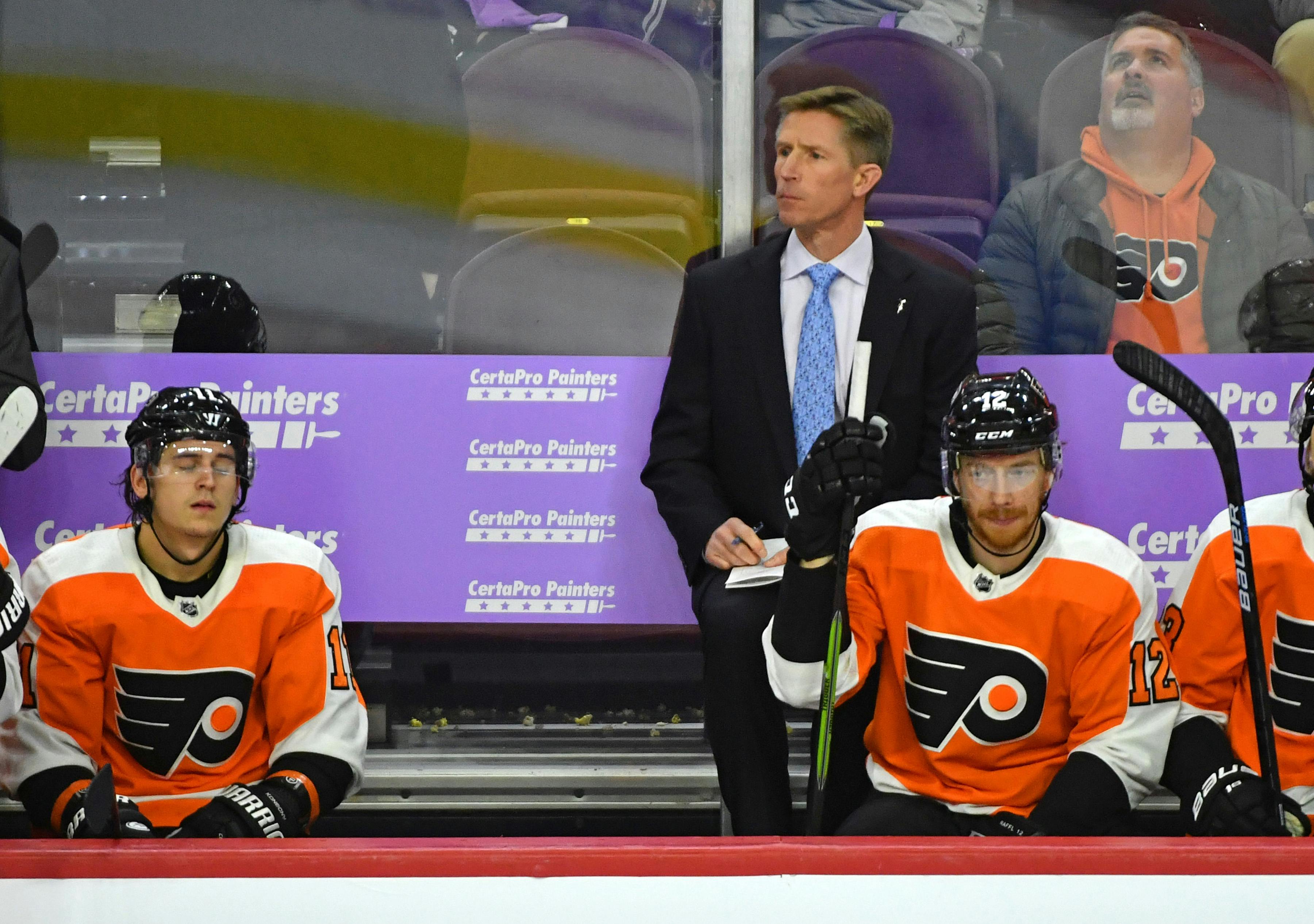
Facts are facts, my friends. Heading into a sure-to-be hectic offseason, the Leafs needed a coach to round out their staff. And Dave Hakstol certainly is one, I guess.
It’s probably a safe bet that precisely zero people outside of the Leafs organization foresaw this hiring. Hakstol’s announcement came decidedly out of left field – his name almost entirely absent from Twitter timelines as a possible D.J. Smith replacement from the moment the latter sauntered off to “greener” pastures in Ottawa right up until when Leafs PR hit “send” on their official press release earlier today. In fact, Toronto’s newly-filled coaching vacancy had been one of the most under-reported topics of the offseason up to this point, with conversations being held regarding possible changes to the team’s defensive and penalty kill systems despite no one being in place to actually implement them.
Now, that person is Hakstol. The Maple Leafs made his hiring official this afternoon, pairing the former the Philadelphia Flyers bench boss with Paul McFarland to serve as Mike Babcock’s duo of assistants.
The public response? A resounding “huh?”.
Given how much there is to unpack here, that is a fair reaction.
With McFarland all but entrenched as the architect of Toronto’s forward corps and power play construction next season, Hakstol’s duties with the Leafs are expected to fall on the defensive side of things. Which, when turning to a few baseline metrics for reference, doesn’t necessarily produce much optimism.
Across Hakstol’s three full seasons as Flyers head coach (he was fired midway through the 2018-19 campaign), Philadelphia ran a penalty kill which ranked 20th, 22nd, and 29th, respectively in league-wide efficiency rate.
That is not good, and certainly not the type of results that scream “defensive guru”.
However, let’s reserve judgement, if only for a moment. It would be irresponsible to confine judgement on the extent of Hakstol’s PK-running abilities solely within a vacuum of surface-level percentages. There are always competing factors at play. So, what are they?
Well, the kneejerk argument for anyone who finds themselves sifting through the Flyers’ struggles is, of course, to chalk any failure up to the team’s deficiencies in net – a method seemingly applied now to every corner of that organization. But doing so would only be somewhat accurate. While the Hakstol Era™ goaltending never redefined the position by any means – we’re talking mostly about Steve Mason and Michael Neuvirth here, after all – it wasn’t the be-all-end-all of Philadelphia’s futility, either.
The Flyers finished seventh in total team save percentage at the end of the 2015-16 season, then following it up with a dismal 27th place showing in 2016-17 before landing back above league-average at 13th in Hakstol’s final full year at the helm. If you’re looking for a correlation between the Flyers’ dip in team PK efficiency and goaltending success, you’re not going to find it. It’s simply not a feasible narrative. Case in point; their 2017-18 contingent somehow became both a bottom-three team shorthanded and, at the same time, a top-fifteen team in net.
This is hockey. Nothing makes sense.
In fact – and this will blow your mind – the Hakstol Flyers produced the 13th highest team SV%, fourth (!!!) highest HDSV%, and eighth highest SCSV% in the entire NHL from 2015-2018, per NaturalStatTrick. Save for an abysmal campaign sprinkled in in the middle, Philadelphia’s goaltending under Hakstol was, dare I say, pretty decent? Good, even?
See what I mean? Nothing makes sense.
Unfortunately, this paints today’s news in even less positive light, effectively stripping Hakstol of the scapegoat on which he could otherwise blame his prior shorthanded shortcomings. But the penalty kill is more of an ancillary issue. The true red flag lies in Hakstol’s methods of usage.
Ask any Flyers fan for their thoughts on Hakstol’s coaching performance and they’ll likely treat you to a two-word answer: Andrew MacDonald.
MacDonald, who was recently bought out by the Flyers on June 15th, is not a good defenceman. The veteran rearguard never put forth an even-strength CF%/60 higher than 50% during his six years in Philadelphia, never finished any season as a positive CF%rel player and, offensively, never bested his prior career-high of 24 points, per HockeyReference.
Effectively, MacDonald provided zero tangible value to his hockey team, failing in equal parts to drive possession and contain the opposition whenever on the ice.
Perhaps Hakstol didn’t notice these blemishes. Perhaps he didn’t care. But with Hakstol as his head coach, MacDonald was handed the third most minutes, per game, of any Flyers defenceman, never averaging fewer than 19:51 at even strength and, to make matters even worse, logging 1:47 of shorthanded work on a nightly basis in 2017-18, as well. Funnily enough, MacDonald was actually Hakstol’s fourth most utilized defenceman in shorthanded situations that season. Then-35-year-old Johnny Oduya ranked third. He played a single game in Philadelphia.
Suddenly, the Flyers’ PK troubles gain some perspective.
Hakstol’s inexplicable and equally unshakable adoration for an obviously inferior defenceman who actively withholds his team from reaching their potential sounds pretty familiar to any Leaf fans who have spent the past three seasons watching Nikita Zaitsev struggle to produce more primary assists than a microphone held together with hockey tape.
This was supposed to be the summer in which Kyle Dubas strips Babcock of his toys, not hand him a playmate to share them with. Hakstol now enters Toronto having previously overseen a Flyers team comprised primarily of effective young players and largely over-the-hill veterans. A single playoff appearance and subsequent first-round exit is all he has to show for it.
Hakstol scratched Shayne Gostisbehere in February of 2017 as the then-23-year-old blueliner flirted with a 40-point season and the Flyers headed towards a 20th place finish in total team goal scoring. His foremost minute-muncher on defence during his first campaign on the job was Michael DelZotto, followed closely by a then-38-year-old Mark Streit and, of course, MacDonald. Favouring older, more traditionally “safe” defencemen are the inherent miscues which harken back to Babcock’s days of Roman Polak: Top-Six Staple™.
What is the angle here? Why him?
The Flyers, under Hakstol, were a relatively sound defensive hockey team at even strength. Per NaturalStatTrick, Hakstol’s units routinely surrendered fewer shots against than shots for on a year-to-year basis, finished second in fewest expected goals against across his three full seasons, and third in total shots against. There are glimmers of hope amidst this uncertainty.
Where Hakstol’s success lies, then, is in Dubas.
Think of him is a food addict; his meal of choice being middle-aged defenders who simply do not exist in transition. If Dubas can strip the roster of any possible temptations – Zaitsev, for example – then Hakstol has the potential to thrive. For all of his MacDonald and Streit favouritism from years past, Hakstol did opt to make Ivan Provorov his undisputed number one prior to his eventual dismissal. But if the Leafs’ roster still features the cheat food that has long served as Babcock’s Achilles heel, Hakstol may be unable to resist. And if this core is handcuffed by a relapse at the end of this coming season, two coaches will be much harder to replace than just one.
Recent articles from Mike Stephens


